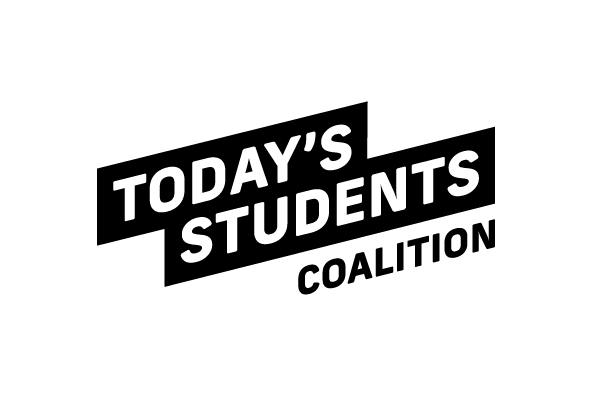Today’s Students in Vermont
More than ever before, education and training beyond high school is required for the jobs available in Vermont. By 2028, 100 percent of the state’s high-growth, high-wage jobs will require education or training after high school. Yet, as of 2018, only 53 percent of working age Vermonters hold a postsecondary credential.
Why the disconnect? In part, because today’s students are changing. The image we often have of a postsecondary student, an 18 to 21-year-old college student who came directly from high school, is no longer the reality. In fact, today’s students are juggling work, family, financial, and other life responsibilities like no generation before them.
In the fall of 2019, Advance Vermont commissioned a survey of current and recent postsecondary students to quantify the demographics of today’s students, the barriers they face in pursuing postsecondary education and training, the policies, programs, tools, and resources that would work best to assist in their pursuit of a postsecondary credential. Over the next few months, we will analyze and release the findings of the survey.
As part of our Today’s Students Initiative, what follows is our first publication, which profiles today’s students in Vermont and outlines recommendations for modernizing policy, programming, and support services to better serve students.
To see how Vermont compares nationally, visit these informative resources from the Lumina Foundation and Higher Learning Advocates.

Illustration by Michelle Sayles
Who Are Today’s Students?
Responsibility
Students are older and have more family and work responsibilities.
Flexibility
Students need more online, distance, and part-time learning options.
Security
Meeting students’ basic needs is not a guarantee as they shoulder a larger financial burden.
Identity
Student demographics are more diverse than ever.
Solutions
Today’s students deserve modern and innovative policy, programming, and support services in order to fulfill their
postsecondary goals. To successfully complete education and training programs while juggling life’s other challenges,
students need support at the institutional, community, state, and federal levels. To ensure the strongest education and
career outcomes for Vermonters, the state’s education and workforce development system must adapt.
Policy
State policy must ensure that Vermonters from all backgrounds can access, afford, and attain postsecondary education and training — at all stages of life. The state must advance policies that make postsecondary education more affordable, support the unique needs of adult learners and those who have been historically underserved by the postsecondary system, align education and workforce development efforts, and promote student-centered credential delivery and support services.
Programming
Institutions should provide flexible pathways, including access to competency-based learning, off-campus or online course offerings, and varied course or program timing to fit the schedule of part-time learners. Businesses, institutions, and organizations should leverage partnerships to deliver innovative programming that fits the demands of a specific region, industry, community, or population.
Student Support
Today’s students need innovative advising models that connect students with supports from institutions, employers, and community and government programs. In addition to academic and career services, students should be connected with programs that address basic student needs such as housing, food, child care, emergency expenses, and transportation.
For federal policy recommendations, visit sites of the Today’s Students Coalition, of which Advance Vermont is a member, and Higher Learning Advocates.

Survey Background
The survey was commissioned by Advance Vermont and conducted by the Center for Research and Public Policy (CRPP) between September 24 and October 7, 2019. CRPP received 252 completed online surveys from Vermont residents who said they enrolled in a credential program in the last 10 years, not including graduate level programs. Credential was defined as a “degree, educational certificate, occupational license, Registered Apprenticeship, or other industry-recognized certification that verifies an individual’s competence in technical or occupational skills.” The survey has a margin of error of +/- 6.17% at a 96% confidence level.
Connect
Ready to join our partnership?
Interested in learning more?
We want to hear from you.
We’re always looking to help make connections and support innovative projects.
